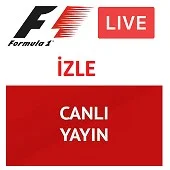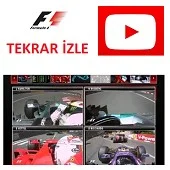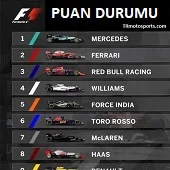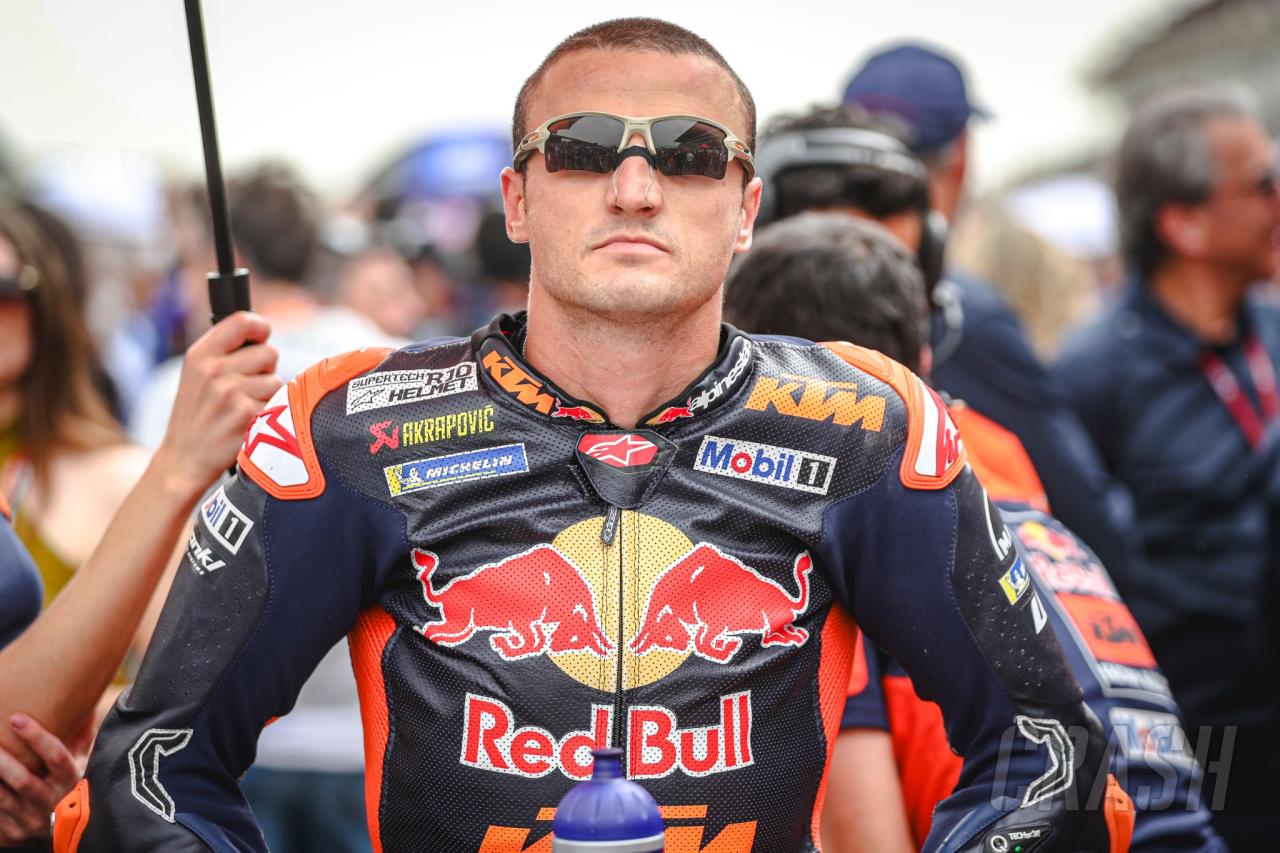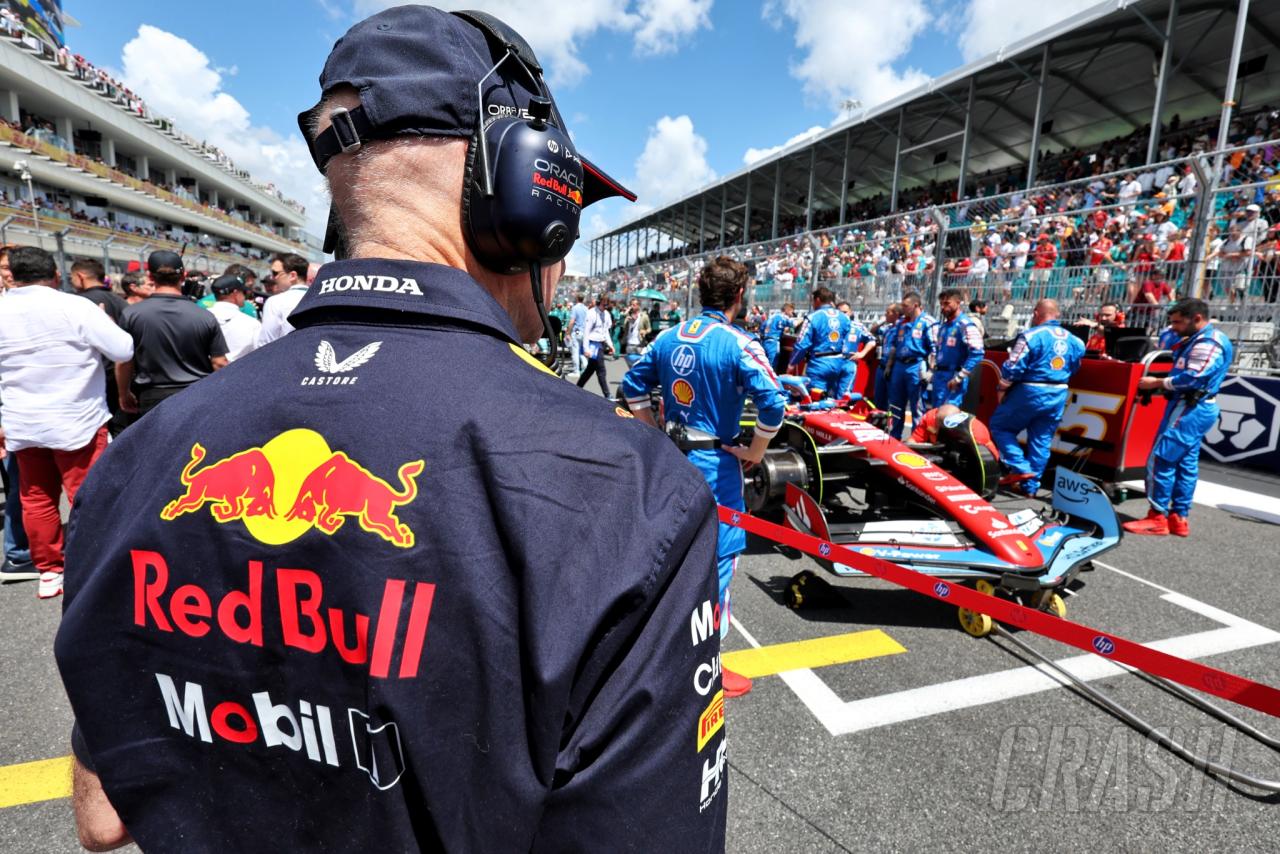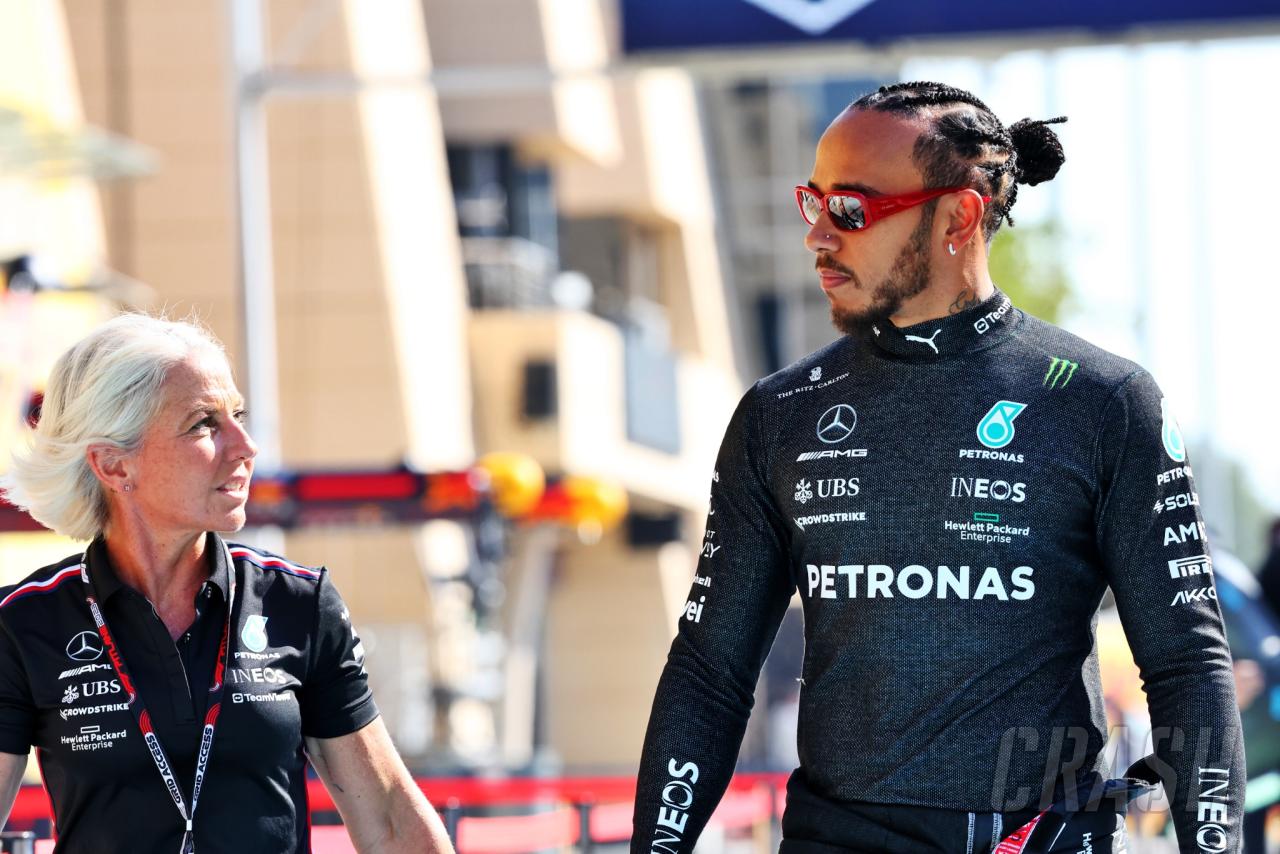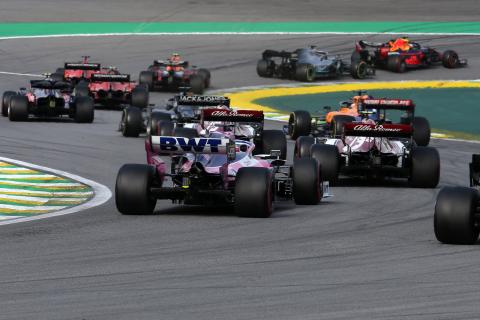
What’s new in F1 for 2020?
| F1 Live | F1 Replay | F1 Standings |
While there are no huge surprises coming in Formula 1 in 2020, a host of small but important changes will be brought into effect. Tweaks have been made to the rules and regulations over the winter ahead of the first season of the new decade and prior to the next major overhaul to the championship, which comes into force in 2021. Here is what is new in F1 for 2020…Rules and regulations: Teams and drivers will be handed an extra MGU-K (Motor Generator Unit) for the 2020 season, taking the allocation limit up to three instead of two units and moving in line with the number of ICEs, TCs, and MGU-Hs that can be used over the course of a campaign. The hope is to reduce the amount of penalties, with nine drivers picking up MGU-K related grid drops in 2019. The amount of testing days for 2020 has been reduced from eight days down to six, with pre-season testing once again taking place in Spain at the Circuit de Barcelona-Catalunya on February 19-21 and February 26-28. Unlike in previous years, there will be no in-season testing. During testing, teams will no longer be allowed to shield their cars with protective screens, making their new challengers more visible to the watching media and public.XPB_974027_HiRes.jpg accImages.createImage();Young drivers will not miss out on seat time however, with a tweak to the regulations stating that teams are required to use one young driver for at least one day of post-season testing at Abu Dhabi. Up-and-coming talents have been handed a further boost in their hopes of making it to F1 and will now be eligible to earn additional superlicence points for taking part in free practice sessions across 2020. Drivers must accumulate 40 points across three seasons competing in other series before being granted an F1 superlicence. Any driver who completes at least 100km of running during a practice session will pick up a point per grand prix weekend, with a limit of 10 points available over the course of a three-year period. Mechanics are set to get more of a rest amid an expanding calendar, with the mandatory curfew period being extended from eight hours to nine on Thursday and Friday of grand prix weekends. Weighbridge and jump start penalties have been relaxed for the upcoming season. Stewards will no longer be obliged to dish out pit-lane starts for drivers missing the weighbridge in practice, while jump start penalties are set to become more lenient, too. Instead of a drive-through or 10-second stop-go penalty, stewards will be able to hand out five and 10-second penalties to be applied during the race. Keeping on the theme of starts and drivers are set to have even more influence when the lights go out at the start of each race in 2020. This year, 90 percent of the engine’s torque will be controlled by the driver alone via their clutch paddle set-up. Anti-stall presentation and bite point finders will remain in place, but on the whole drivers will be much more responsible for the type of launch they get off the grid. After a glitch with the new chequered light panel system resulted in the Japanese Grand Prix ending one lap early, F1 will return to using a traditional chequered flag at the end of all races in 2020. XPB_1006981_HiRes.jpg accImages.createImage();In terms of car parts, ‘shark fins’ – which were last seen in the 2017 F1 car designs – are set for a comeback in 2020, albeit with a less intrusive look. Teams will be required to include a small plate on their car engine covers in order to display driver numbers. A restriction on metal parts used on the front wing will also come into force, with 50mm of the front wing endplates now required to be make of carbon fibre. “4For 2020, brake ducts must be designed and manufactured by the teams themselves, while the amount of fuel allowed outside of the fuel survival cell will be limited to 250ml instead of two litres. This should prevent teams from attempting to gain any advantage.Circuits and locations: F1 will visit two new venues in 2020 with the additional of an inaugural Vietnam Grand Prix on the streets of Hanoi taking place on April 5, before a revamped Zandvoort will host the revised Dutch Grand Prix for the first time in 35 years in May. After back-to-back thrillers in 2018 and 2019, Germany has dropped off the calendar amid financial issues. Despite losing the Hockenheim round, 2020 will be F1’s longest-ever season with a 22-race calendar. New names (drivers and teams): Formula 2 championship runner-up Nicholas Latifi will make his F1 debut with Williams as George Russell’s new teammate, following the departure of Robert Kubica at the end of his remarkable but frustrating comeback campaign.The Pole will now take up a reserve and development role with Alfa Romeo for 2020. After a year sitting on the sidelines, Esteban Ocon returns to the F1 grid with Renault, replacing Nico Hulkenberg, who has been left without a drive. There have been some tweaks to team names as well, with the most notable being Toro Rosso’s name change to Alpha Tauri. There are slight revisions at Mercedes (Mercedes-AMG Petronas Motorsport Team to Mercedes-AMG Petronas Formula 1 Team) and Alfa Romeo, which becomes ‘Alfa Romeo Racing Orlen’ following the capture of fresh investment from Kubica’s Polish backers. XPB_1025887_HiRes (1).jpg accImages.createImage();
For motorsport news follow TRmotosports on social media.
facebook.com/TRmotosports
twitter.com/TRmotosports
instagram.com/trmotosports/
linkedin.com/company/trmotosports-com
